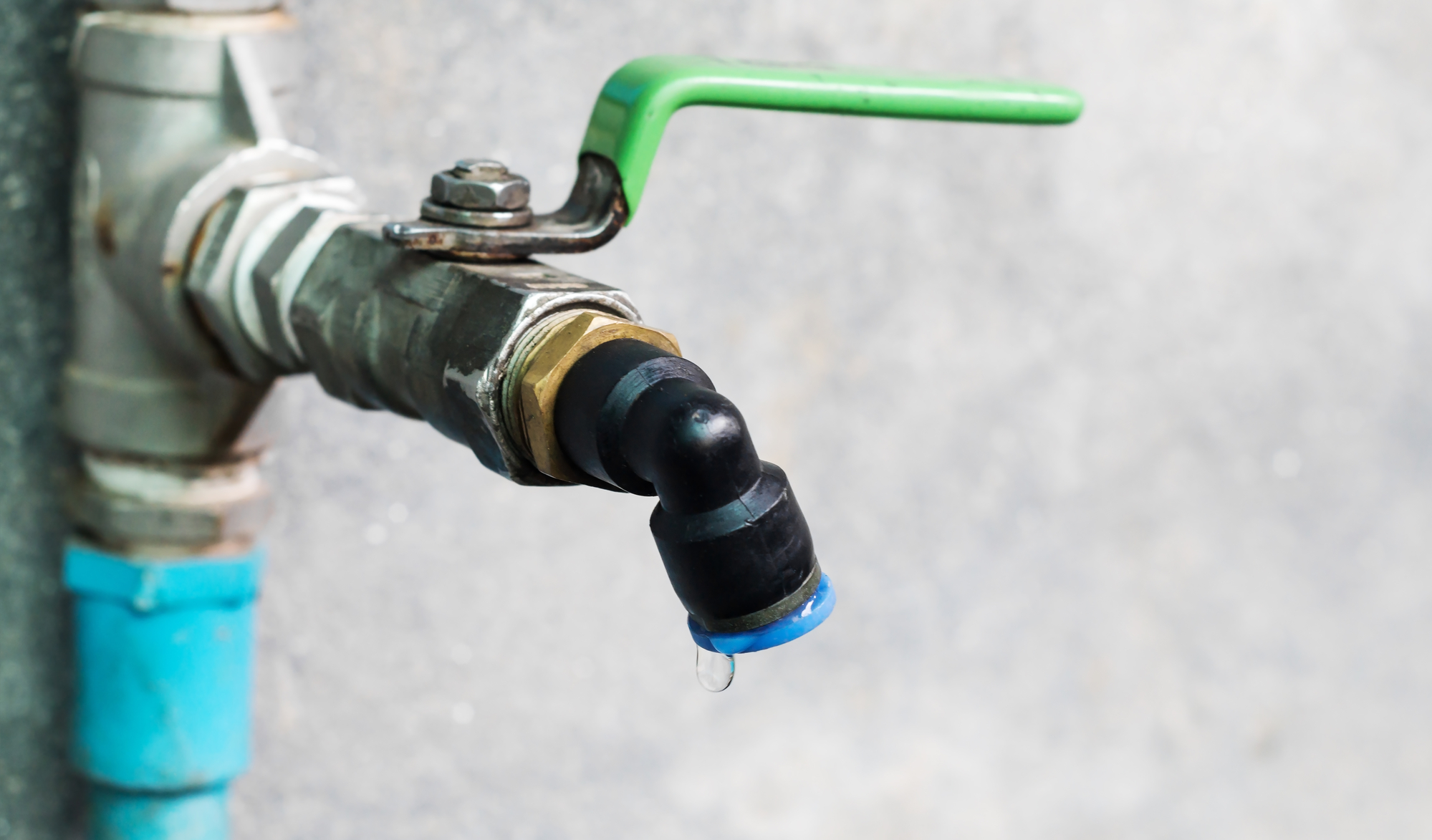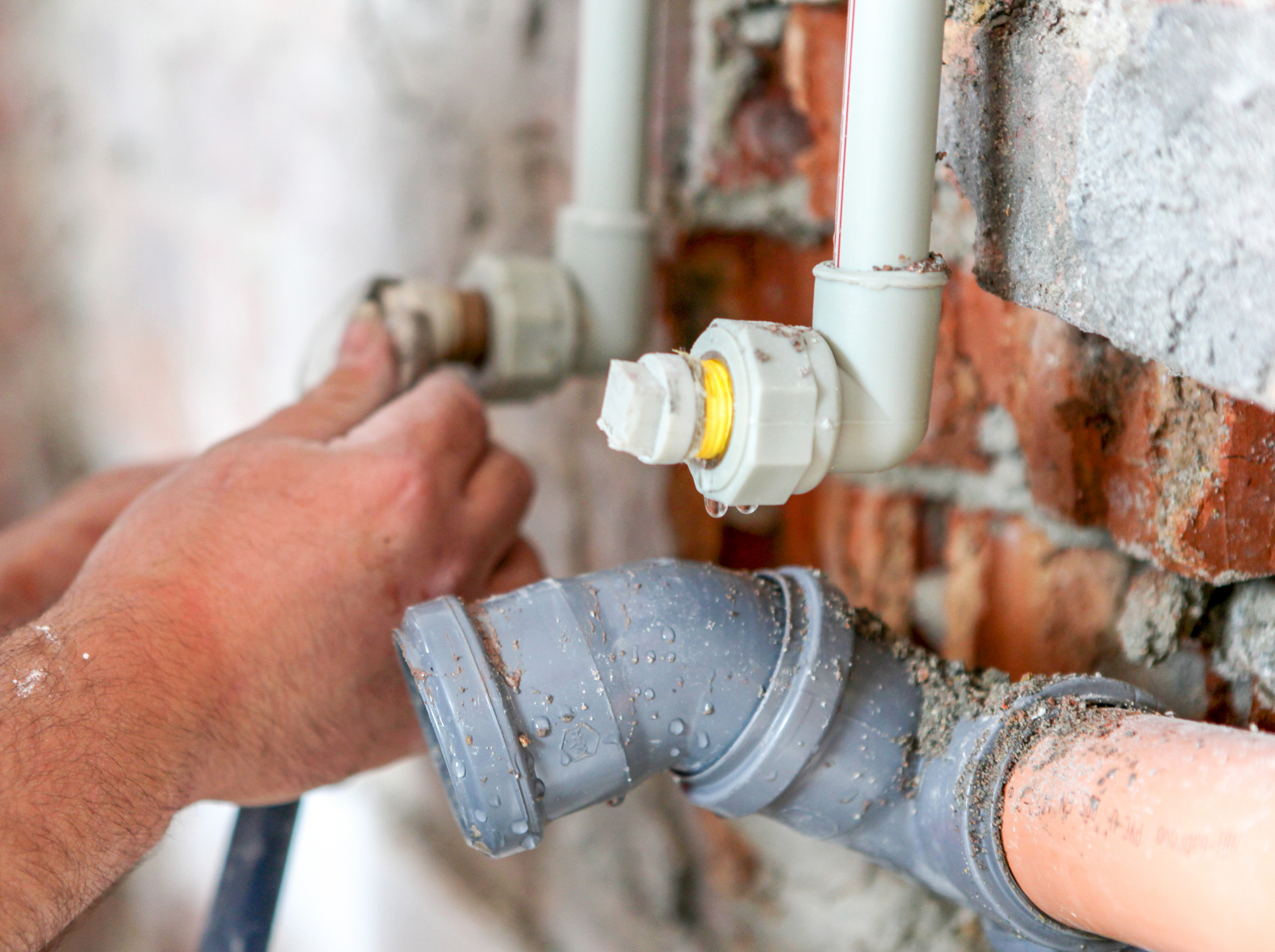Are you hearing strange noises coming from your pipes or seeing water stains on your ceiling? Are you wondering why your toilet won’t flush or your faucet won’t stop dripping? Plumbing problems can be frustrating, inconvenient, and costly if left untreated. Fortunately, many common issues have simple fixes that you can do yourself or with the help of a professional plumber. In this article, we will discuss some of the most common plumbing problems and their solutions.
Clogged Drains
One of the most common plumbing problems is clogged drains, which can occur in sinks, showers, toilets, and other fixtures. Clogs can be caused by hair, food scraps, soap residue, mineral buildup, or foreign objects. If left untreated, clogs can lead to slow drainage, backups, and foul odors. To unclog a drain, you can try several methods, such as using a plunger, a drain snake, or a commercial chemical cleaner.

To use a plunger, fill the sink or tub with enough water to cover the plunger, put the plunger over the drain, and push and pull it vigorously several times until the clog dislodges. To use a drain snake, insert the flexible wire into the drain, turn it clockwise and counterclockwise, and pull it out while running water to flush out the debris. To use a chemical cleaner, pour it down the drain, wait for the recommended time, and flush it with hot water. However, be aware that chemical cleaners can damage your pipes, harm the environment, and pose health risks to you and your family.
Leaking Faucets
Another common plumbing problem is leaking faucets, which can waste water, increase your water bill, and damage your fixtures and countertops. Leaks can be caused by worn out washers, o-rings, cartridges, or valves, or by loose or corroded parts. To fix a leaking faucet, you can try several solutions, such as tightening the parts with a wrench, replacing the washers or o-rings, or replacing the entire faucet.

To tighten the parts, turn off the water supply to the faucet, remove the handle and the packing nut, and tighten the stem with a wrench. To replace the washers or o-rings, remove the handle and the stem, unscrew the washer or o-ring, and replace it with a new one of the same size and shape. To replace the entire faucet, turn off the water supply, remove the old faucet, and install the new faucet following the manufacturer’s instructions. However, be aware that some faucet parts may be hard to find or may require special tools or skills.
Running Toilets
A running toilet is not only annoying but also wasteful, as it can waste hundreds of gallons of water per day. A running toilet can be caused by a faulty flapper, a corroded valve seat, a worn out float, or a loose or broken chain. To fix a running toilet, you can try several methods, such as adjusting the flapper chain, cleaning the valve seat, or replacing the flapper, the float, or the entire fill valve.
To adjust the flapper chain, lift the lid of the toilet tank, check the chain length, and adjust it so that the flapper is fully closed but not too tight. To clean the valve seat, turn off the water supply, remove the flapper and the chain, and use a sponge or a rag to clean the valve seat. To replace the flapper, turn off the water supply, remove the old flapper, and install the new flapper of the same size and shape. To replace the float or the fill valve, turn off the water supply, drain the tank, and install the new parts following the manufacturer’s instructions. However, be aware that some toilet parts may not be compatible with your toilet model or may require professional installation.
Low Water Pressure
Low water pressure can make it hard to take showers, wash dishes, or water plants, and can be caused by several factors, such as clogs, leaks, mineral buildup, or faulty fixtures. To improve your water pressure, you can try several solutions, such as cleaning the aerator, replacing the showerhead, installing a water pressure regulator, or checking the main shutoff valve.
To clean the aerator, unscrew the aerator from the tip of the faucet, soak it in vinegar or a cleaning solution, and scrub it with a brush or a toothpick. To replace the showerhead, unscrew the old showerhead, wrap the pipe threads with Teflon tape, and screw the new showerhead on. To install a water pressure regulator, turn off the main water supply, locate the pressure regulator near the shutoff valve, and adjust the pressure using a wrench or a screwdriver. To check the main shutoff valve, turn off the water supply, remove the valve cover, and inspect the valve for leaks, corrosion, or damage. However, be aware that some solutions may require plumbing knowledge or experience.
Conclusion
Plumbing problems can be a source of frustration, but they don’t have to be a source of despair. By understanding the causes and solutions of common plumbing issues, you can save time, money, and hassle. However, if you encounter a problem beyond your skills or tools, don’t hesitate to call a professional plumber. At Ace Plumbing Repair, our licensed, insured, and experienced plumbers are ready to tackle any plumbing challenge, from routine maintenance to emergency repairs. Just visit our website at aceplumbingrepair.com or give us a call at (844) 711-1590, and we will be happy to help you fix your plumbing problems.






